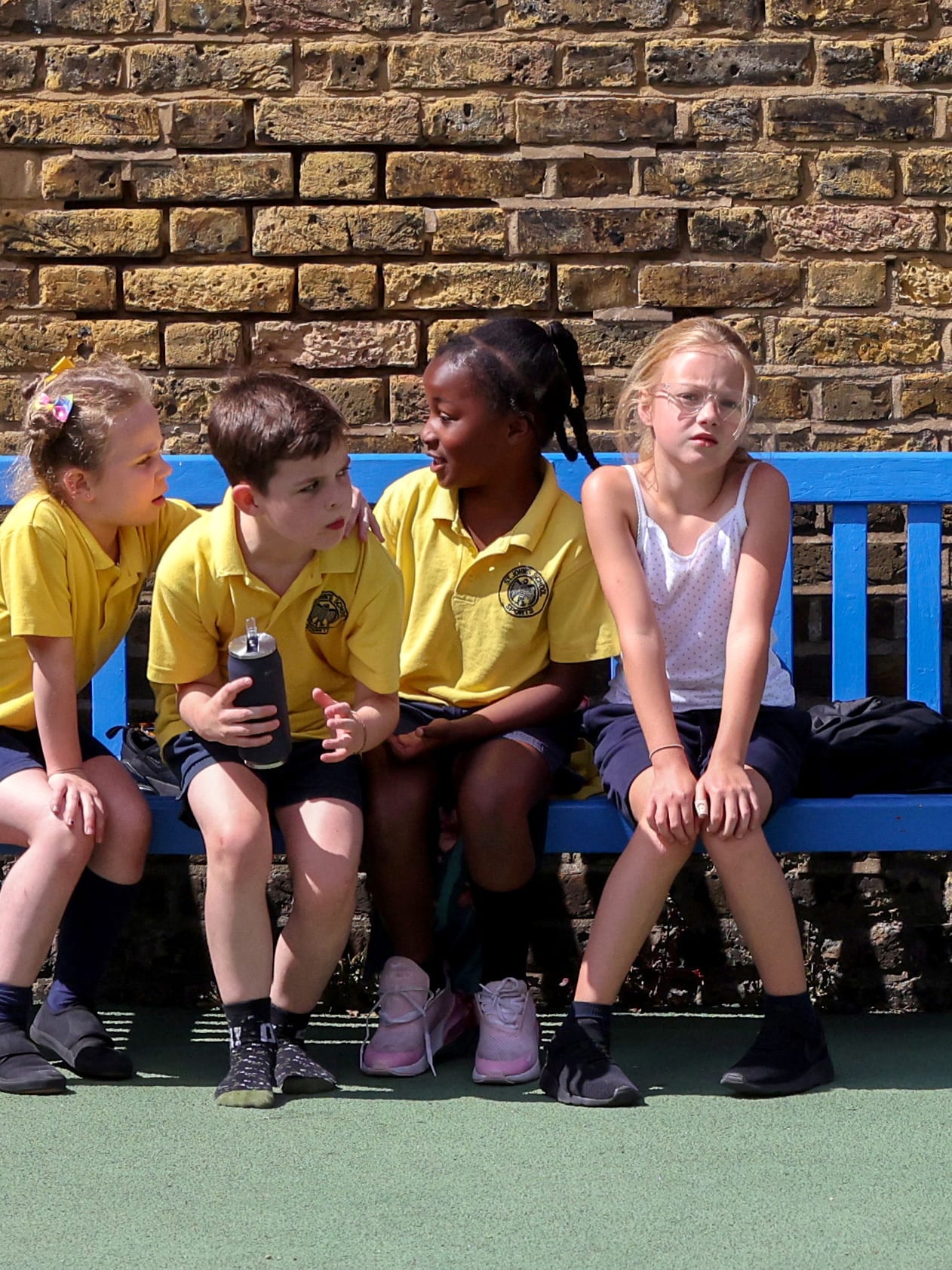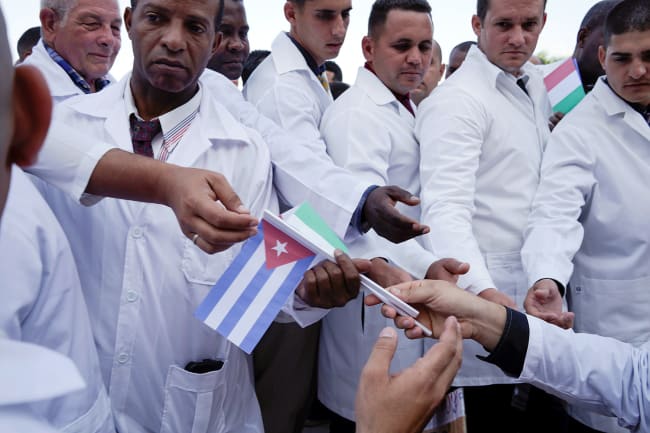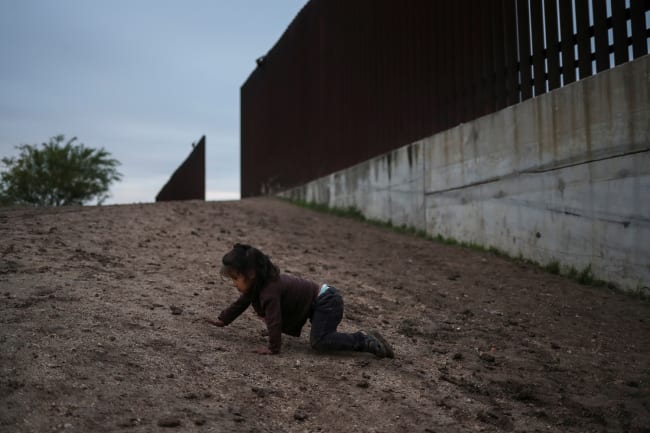There are nearly two billion children under the age of fourteen worldwide. During a public health emergency, their particular vulnerabilities require careful identification of needs and interventions. As the COVID-19 pandemic wreaks havoc across the globe, children face unprecedented challenges due to its direct and indirect effects on their immediate and long-term health and development. As a society, we should aim to acknowledge the gravity of this outbreak's impact on children and craft evidence-based policy and interventions.
We should aim to acknowledge the gravity of this outbreak's impact on children and craft evidence-based policy and interventions
Children have lower rates of both infection and severe disease due to COVID-19, but long-term effects are still unknown. Some children present with a serious, life-threatening complication known as multi-system inflammatory syndrome, while many others are asymptomatic and can spread the virus to vulnerable loved ones. Complicating this picture is the fact that an estimated three billion people worldwide lack soap and water at home. Millions of families and children rely on schools or health care facilities for access to proper sanitation resources, but with stay-at-home orders in place globally, many children do not have sufficient supplies to prevent infection and stop the spread of disease. To protect these vulnerable children, adequate hygiene supplies must be made accessible. Further, those who do contract the virus must receive prompt, effective care.

As the pandemic progresses, children continue to be susceptible to the myriad non-COVID-19 diseases. Their heightened susceptibility can be attributed to a variety of factors, including interrupted or unavailable immunizations and disruptions in other essential services. As of May 1, 2020, UNICEF reported a 70 to 80 percent reduction in planned vaccination shipments. Countries at the highest risk are often those whose populations are hardest to reach. Early data have revealed preliminary drops in childhood vaccination rates as a product of COVID-19. Experts estimate that at least 80 million children under one year of age are at increased risk of diseases such as diphtheria, measles, and polio due to these interruptions.
As of May 1, 2020, UNICEF reported a 70 to 80 percent reduction in planned vaccination shipments
Furthermore, even developed countries like the United States are facing critical care gaps due to COVID-19. Many American families are not receiving necessary services, including family planning and antenatal, childbirth, postnatal, and early child-care, through avoiding doctors' offices due to fear of contracting COVID-19 and/or cost concerns. In fact, for every thousand jobs lost in the United States, [about] 311 privately insured children lose health insurance coverage. These newly surfacing gaps in coverage leave children at great risk. They highlight the need for expanded coverage for children irrespective of parental employment status. Further, telehealth options should be made more widely available for families concerned about in-person visits.

Nutrition and Food Insecurity
Children require adequate, nutritious diets for their growth, and poor-quality diet is a major driver of morbidity and mortality. Inadequate nourishment leaves children particularly susceptible to infection by COVID-19. The COVID-19-induced exacerbation of food insecurity further compounds this association.
Increasing food insecurity in parts of the world already plagued by unrest due to climate change, natural disasters, and conflict
Factors driving this heightened instability during the pandemic include global and national disruptions to supply chains, school closures, and financial insecurity, among others. Since the pandemic began, globally, there have been harvest slowdowns due to border restrictions and lockdowns, closures of meat processing plants and food markets, and the burying of perishable produce or dumping of milk. These effects limit supply, increasing food insecurity in parts of the world already plagued by unrest due to climate change, natural disasters, and conflict.
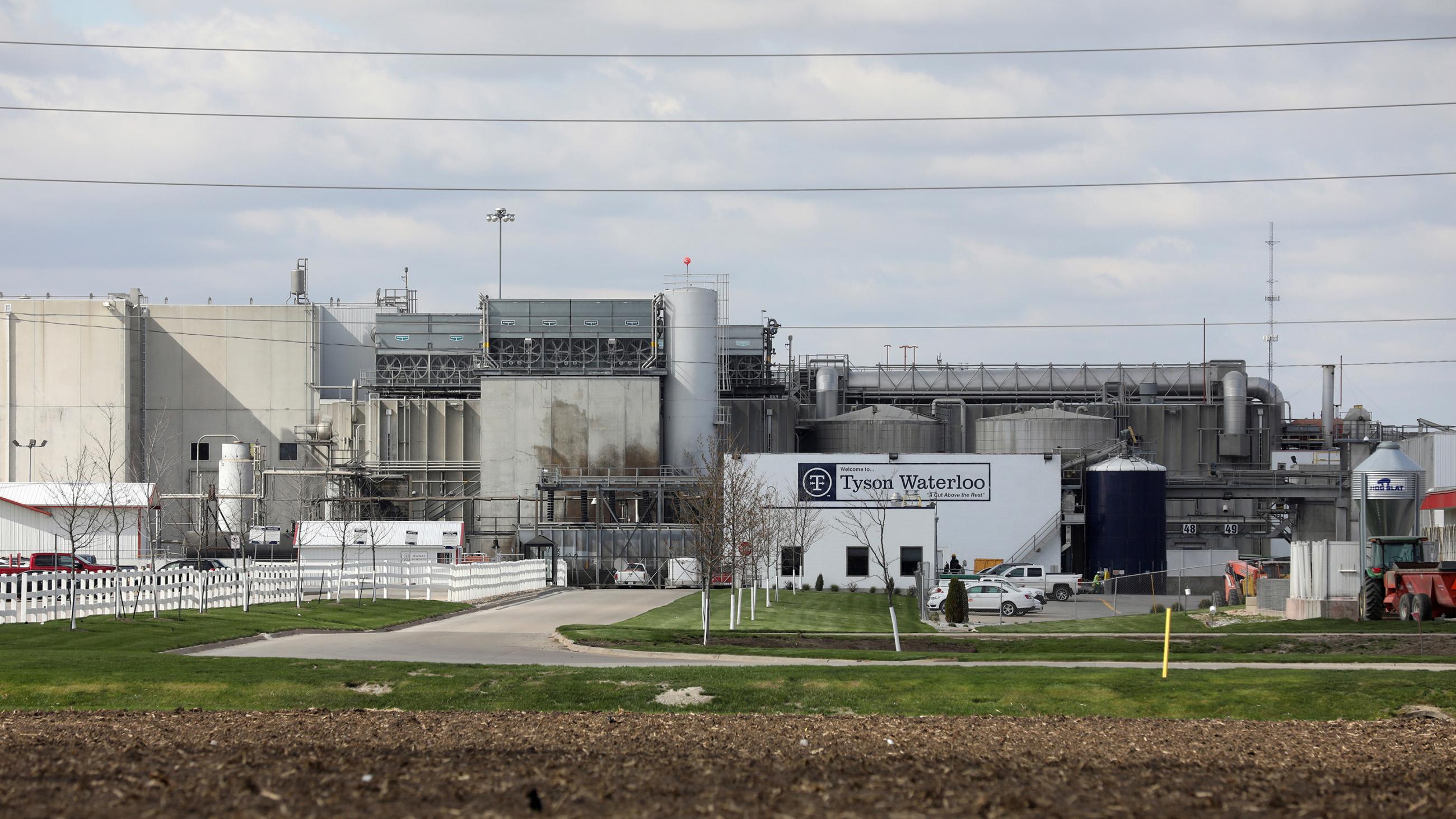
Millions of children around the world rely on school for their daily meals. By April 20, 2020, schools in 199 countries—responsible for the education of 90 percent of the world's enrolled students—closed to promote social distancing and curb the spread of the virus. These closures promoted social distancing to prevent the spread of the virus, but the resultant elimination of children's access to school meals/nutrition services was a critical externality to this choice. The World Food Programme and UNICEF have called for national governments to step in to avoid devastating nutrition and health effects for the 370 million children no longer receiving school meals due to school closures. Since this call for assistance in late April 2020, 71 countries have found alternative solutions such as cash-based transfers to families and take-home rations to reach school-age children.
Experts estimate that, in addition to the already 135 million people facing acute food shortages, 130 million more people could go hungry in 2020
No country has escaped the need to address food insecurity in COVID-19. In the United States, as the outbreak took over life as we know it, citywide restrictions to mitigate spread shut down many non-essential businesses and slowed economic activity. In response, unemployment rose drastically. Without paychecks, more Americans struggled to feed their families, evident in the overwhelming demand at food pantries nationwide. Before the pandemic, about 14 percent of families with children in the United States were food insecure. During the COVID-19 outbreak, 27.5 percent of U.S. households with children reported food insecurity, evident in food pantry lines stretching for miles as families sought to bridge the gap between what they could afford and what they needed. The world beyond our nation's borders is also facing an unprecedented hunger crisis. Experts estimate that, in addition to the already 135 million people facing acute food shortages, 130 million more people could go hungry in 2020. This degree of food insecurity underscores the critical need for financial support to ensure Zero Hunger can still be one day achieved in the future.
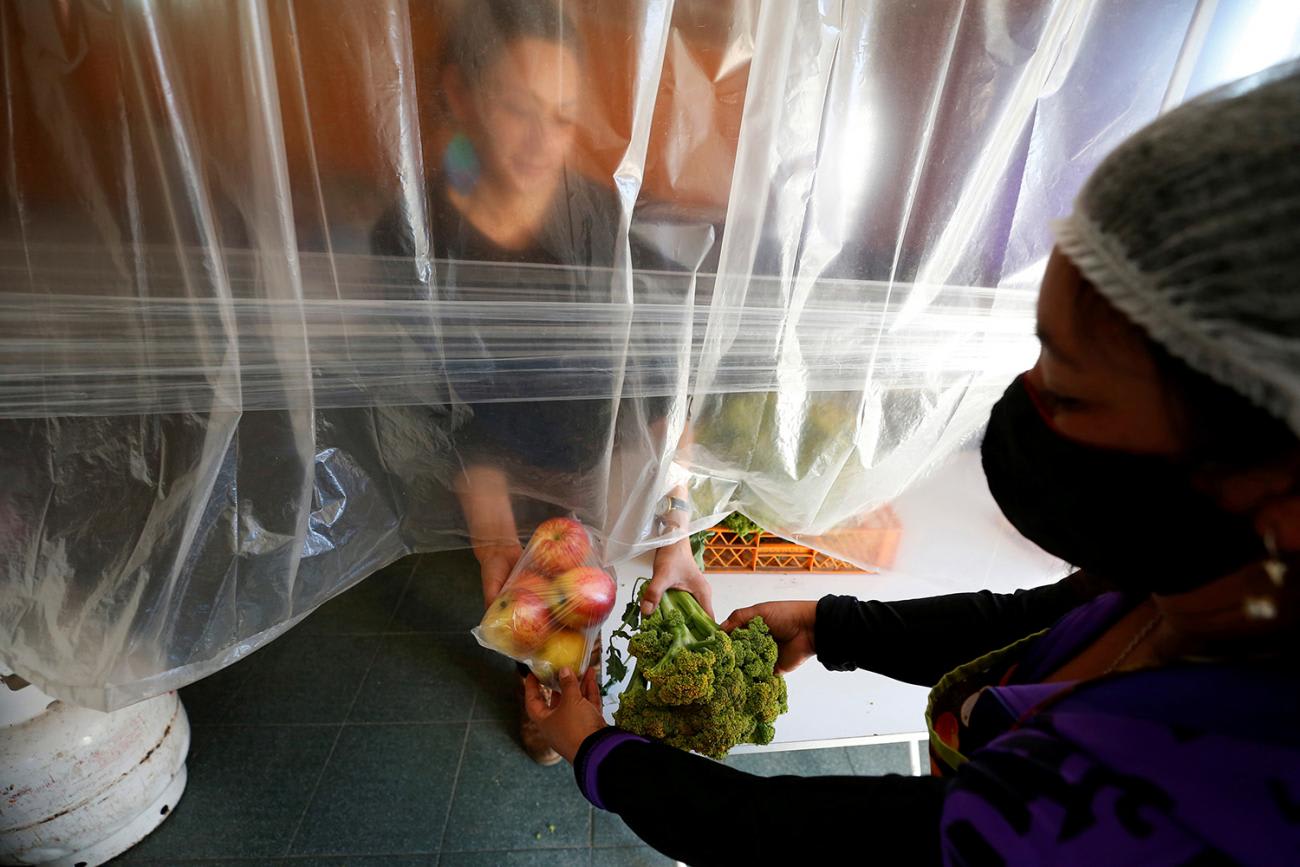
Stress and Cognitive Development
As we continue to stay home to curb the outbreak's spread, children face undue externalities. Isolation from peers and teachers can hinder social skill formation and relationship building. The socioeconomic impact of the pandemic on parents may be driving "stress contagion" in families, such that children pick up on this stress in their parents. There is an associated higher risk [PDF] of family violence, much of which may go unreported as children are not seeing mandatory reporters such as teachers or doctors in person right now.
Higher incidence of anxiety, depression, and behavioral issues
The short-term detrimental effects warrant particular concern due to the long-term influences of early childhood experiences on learning capacity, adaptive behaviors, and lifelong health. Specific examples of the short and long-term effects of trauma include [PDF] higher incidence of anxiety, depression, and behavioral issues, and without outreach, social supports, and other interventions for families, children will face obstacles to their social development in the context of COVID-19.

Where Do We Go From Here?
We must act promptly and in an evidence-based manner to meet the needs of children, asking who needs support, where we can address immediate need, and how to implement interventions that address factors driving long-term health and development.
Expansion of the safety net worldwide can keep children fed, immunized, and cared for
First, in the United States, we must identify high-risk children. Specific criteria may include items such as low family income status, presence of chronic conditions, and known adverse childhood trauma. These children are already vulnerable and will require targeted additional support as the outbreak continues. Expansion of the safety net worldwide can keep children fed, immunized, and cared for. Existing nutritional services such as food banks and vouchers should receive additional financial support and broaden their eligibility criteria to ensure that all vulnerable individuals receive adequate nutrition. Food supply chain issues should be addressed directly. This includes, but is not limited to, safety regulations for processing plants to prevent their closure and subsidies to farmers to prevent discarding of quality crops. These measures will keep employees in the supply chain safer from infection and promote a smoother supply chain altogether.

In the United States, individual health care practices could be incentivized to ensure their patients are up-to-date on their vaccinations and not vulnerable to preventable disease. Internationally, countries experiencing vaccine shortages for diseases other than COVID-19 should be prioritized in the vaccine production chain, as mitigating the spread of preventable disease is a worthwhile undertaking for every nation. Finally, parents across the globe should receive supports to mitigate their stress and meet their children's needs, such as expanded availability for child-care to parents who cannot work from home.
Let's protect—not sacrifice—our future
Children are the future of our world. Whether or not they contract COVID-19 and what happens to them when they is almost beside the point because they are uniquely vulnerable to the pandemic's short- and long-term impacts. Governments throughout the world should work together with common purpose to construct emergency responses across countries that acknowledge and addresses the vulnerability children face and build systems that unconditionally looks to ensure their healthy growth and development. Let's protect—not sacrifice—our future.
